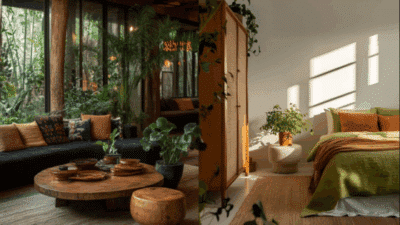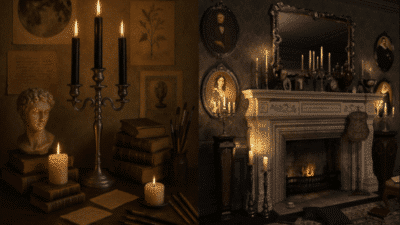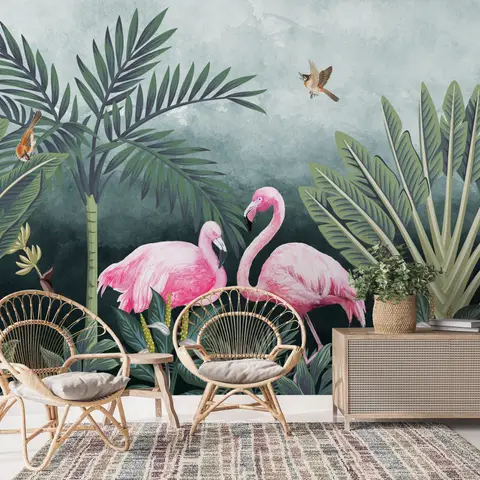
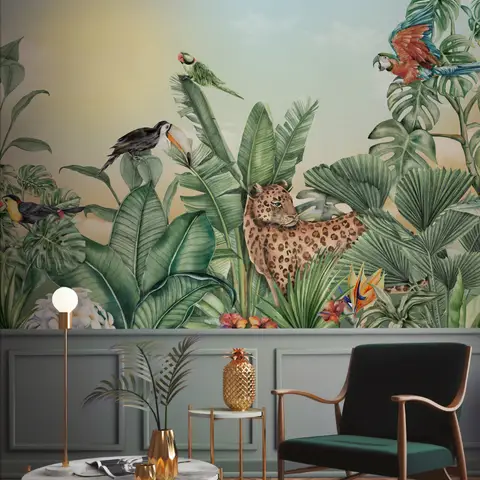
Why Adventure Themes Actually Work Long-Term
Adventure themes—like jungles, space, oceans, forests, or world maps—tap into something universal: curiosity and imagination. These are big ideas that don’t have an age cap.
What Makes Them so Flexible
Evergreen Wonder
Adventure themes aren’t tied to a single cartoon or trend. Space, animals, and exploration are always “cool,” whether you’re a toddler or a teen.
Layers of Meaning
A small child might love animals or planets for their shapes and colors; an older child might get curious about ecosystems or astronomy—the design keeps giving as your kids grow.
Imaginative Play
These themes inspire games, storytelling, and learning, making the room more than just a place to sleep.
Jungle Wallpapers: Why They Work

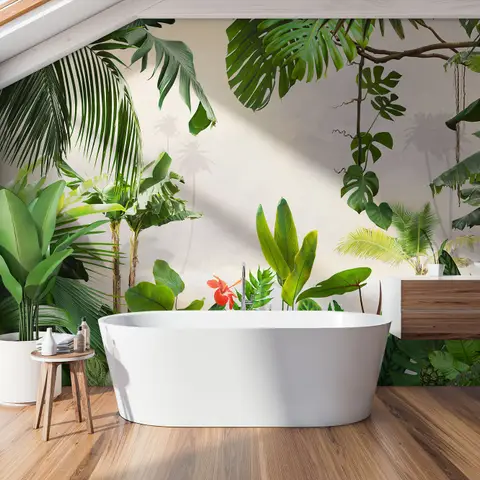
Jungle wallpaper is a classic for a reason—they’re vibrant, packed with detail, and spark curiosity. A well-designed jungle wall can reveal new things as a kid gets older—first, the big animals; later, the hidden bugs, birds, or plants tucked into the design.
Jungles aren’t “just for boys” or “just for girls”—they’re universal. That makes them a safe bet for siblings or if tastes shift over time—and, as kids grow, you can swap out accessories (pillows, bedding, art) to match their evolving interests without redoing the whole room.
Tips to Make Jungle Themes Timeless
- Keep the Style Flexible—Instead of cartoonish animals, try more stylized, illustrated, or even watercolor versions. This way, the wallpaper feels “cool” even for older kids.
- Choose Softer Colors—Earthy greens, gentle blues, and warm neutrals age better than super-bright primaries.
- Go Big or Small—Large-scale leafy patterns can feel modern and calming; smaller, more detailed motifs feel cozy and whimsical.
- Mix with Modern Elements—Pair jungle wallpaper with simple, modern furniture—think white shelves, natural wood, or rattan—to balance playfulness with sophistication (we need to cultivate good taste in such non-obvious things.)
Think about peel-and-stick wallpaper! It’s easier to change out later if you or your kiddo ever want a new look.
Other Timeless Wallpaper Themes for Kids’ Rooms

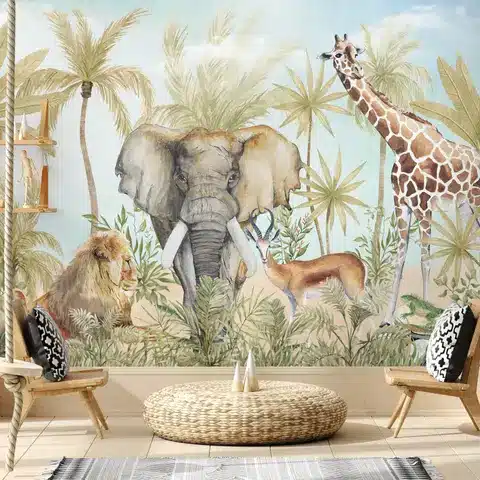
Space & Astronomy
Planets, stars, and galaxies—always fascinating, and easy to “grow up” by swapping rocket toys for telescope posters.
- Deep navy, indigo, and midnight blue for “space,” but balance with pops of lighter hues (think pale blue, lavender, or even mint).
- Add splashes of bright colors—oranges, fuchsias, and teals for nebulae, or metallic gold and silver for stars/planets.
Don’t let it get too dark! Use white or very light-colored bedding, curtains, or furniture to keep the room bright. Consider wallpapers with large, colorful celestial bodies or galaxies—these can be surprisingly lively and not gloomy at all.
Avoid all-black walls. Unless, of course, you want a super cozy, cave-like feel—great for sleeping, but maybe not for play. Pay attention to too much gray, which can feel dull rather than deep.
Underwater/Ocean
Whales, coral, waves—soothing and full of hidden details to discover.
- Soft blues, turquoise, aquamarine, and seafoam green.
- Warm up the space with sandy beige, coral, soft yellow, or even sunny orange accents.
Images of golden sand, playful fish, or even a sunbeam breaking through “water” can keep the space from feeling chilly. And, that natural wood and rattan furniture add warmth and a beachy vibe (it’s very strong, btw.)
Take notes—avoid overusing dark blue, which can feel a bit cold or “deep dive.” No need for all-cool colors, unless you balance them with warm accessories or lighting.
Mountains & Forests
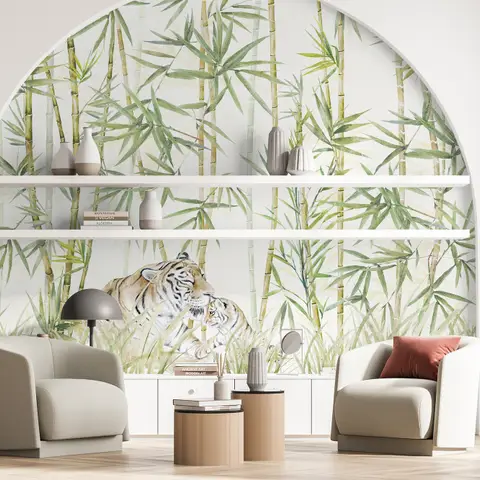
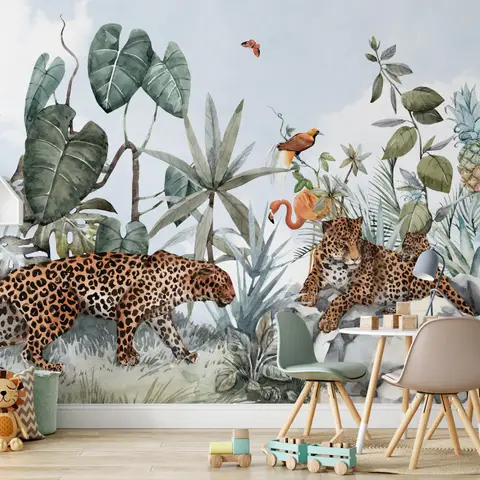
For a more outdoorsy, adventurous vibe that can shift from “storybook” to “teen retreat” with the right accents. Panoramic or mural-style wallpapers feel expansive, like a window to the outdoors.
- Forest green, sage, olive, and earthy browns for forests.
- Slate blue, misty gray, and soft lavender for mountains.
- Sunsets, wildflowers, or a hint of golden “sunlight” can make it magical.
Warm lighting and pops of color (think wildflowers or golden sun) keep things cozy and always welcoming to relax.
Overly dark green or brown everywhere—can feel heavy. And, better to avoid too much gray here as well; instead add lively accents to avoid gloom.
World Maps
Educational and inspiring—kids can “travel the world” from their bed and it never feels too young. Vintage maps can feel warm and inviting; modern maps with bright pops can be playful. So, make your choice wisely.
- Soft neutrals (beige, warm gray) as a base, with vintage blue, muted green, or pastel shades for countries.
- Accent with burnt orange, ochre, or turquoise for detail.
If you worry about order—all those lines, numbers, maths-like information—choose a whimsical, illustrated map with animals or landmarks—makes it feel less “school-like.”
Stay away from overly detailed or monotone maps that feel strict or overwhelming for young eyes—these can cause depression-like feelings over time. Especially for a creative child.
Abstract Patterns
Geometric shapes, dots, or brushstrokes—these are playful for little ones, but sophisticated as they grow. For this one colour palette is as wide as possible—anything goes, but keep it to 2-3 key colors for harmony. Pastel rainbows, soft blush and teal, or a bold combo like navy and gold would do the job.
Abstracts are about sparking imagination—try brushstrokes, dots, or gentle waves for a sense of movement. Great for “growing up” with your child—abstract doesn’t go out of style.
Keep it balanced because overly busy designs can overstimulate or make the room feel cluttered. Believe pro advice, you won’t like very harsh or high-contrast color pairings (unless your child loves high energy! Make sure there’s no harm.)
How to Recognize the “Right” Style
- Look for Longevity—Designs with less “babyish” or trendy elements tend to last longer. Classic illustrations, watercolors, or graphic patterns age well.
- Feel the Mood—Do you want the room to be calming, energizing, or inspiring? Soft tones lead to calm, bold colors means playful. Trust your gut on the atmosphere you want.
- Test Samples—Many companies offer sample swatches. Try a few on the wall and see which one “feels right” in the space (and in the light at different times of day). And, don’t forget to ask your kids, wink. Whether you lean on your own instincts, your kids’ wishes, or a bit of both, you’re sure to create a place that feels special.
- Mix and Match—Sometimes, a fun feature wall with adventure wallpaper and the rest in a coordinating solid color gives the best of both worlds!
Should You Ask Your Kids or Trust Your Instincts?
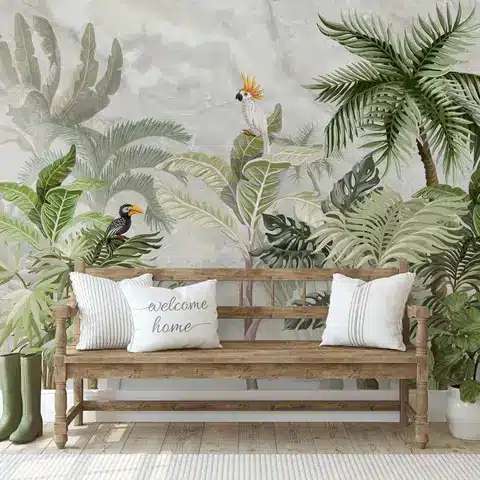
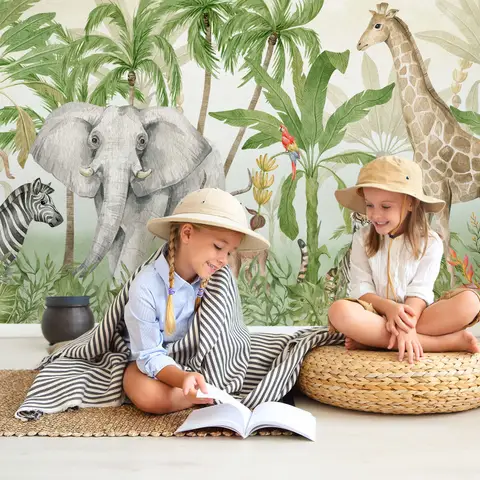
To be honest, a bit of both is usually the sweet spot!
- Younger Kids
For little ones, you know them best—what colors calm them, what stories make them light up. Often, too many choices can overwhelm. In this case, your observations are golden here.
- Older Kids
As they get bigger, involving them in the decision can make their room feel truly theirs. Maybe offer a few curated choices (“Would you rather have a jungle or a space theme?”), so it’s guided but still empowering.
- Family Harmony—If the room is shared, finding something everyone likes (or at least doesn’t dislike) is key. Adventure themes are broad enough to appeal to different ages and personalities.
Pro Tips For Parents—Matching with the Rest of the House or Not?
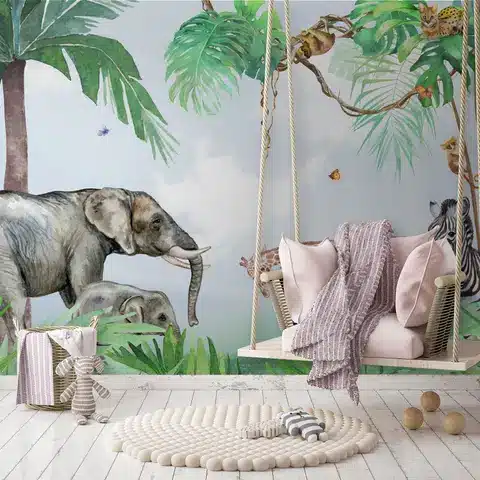
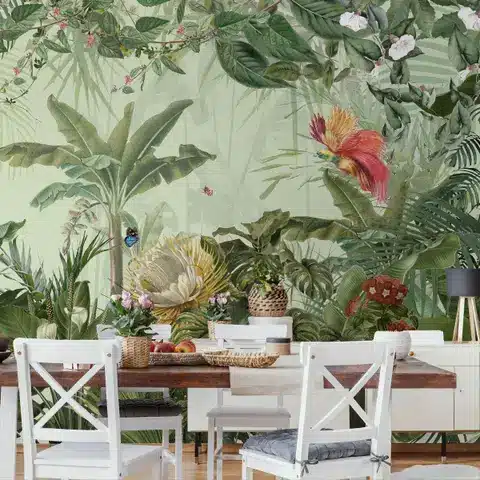
- Whole-House Flow—If you like a cohesive vibe, echoing colors or styles from the rest of your home can be soothing and harmonious.
- Kids’ Kingdom—On the flip side, a kids’ room is sometimes the one place where wild creativity can shine! Going bold, playful, or even a little quirky signals, “This space is for YOU.”
- Balance—You could use a more neutral or subtle adventure wallpaper (like soft watercolors or line drawings) if you want to bridge both worlds—fun for kids, but not jarring with the rest of the house.
Even the most magical wallpaper needs good light to shine. Use warm LED bulbs, fairy lights, or a fun lamp. Remember to balance bold walls with calm accessories (or vice versa). Make it fun—let your child’s input guide you—it’s their adventure, after all!
- 1share
- Facebook0
- Pinterest1
- Twitter0

